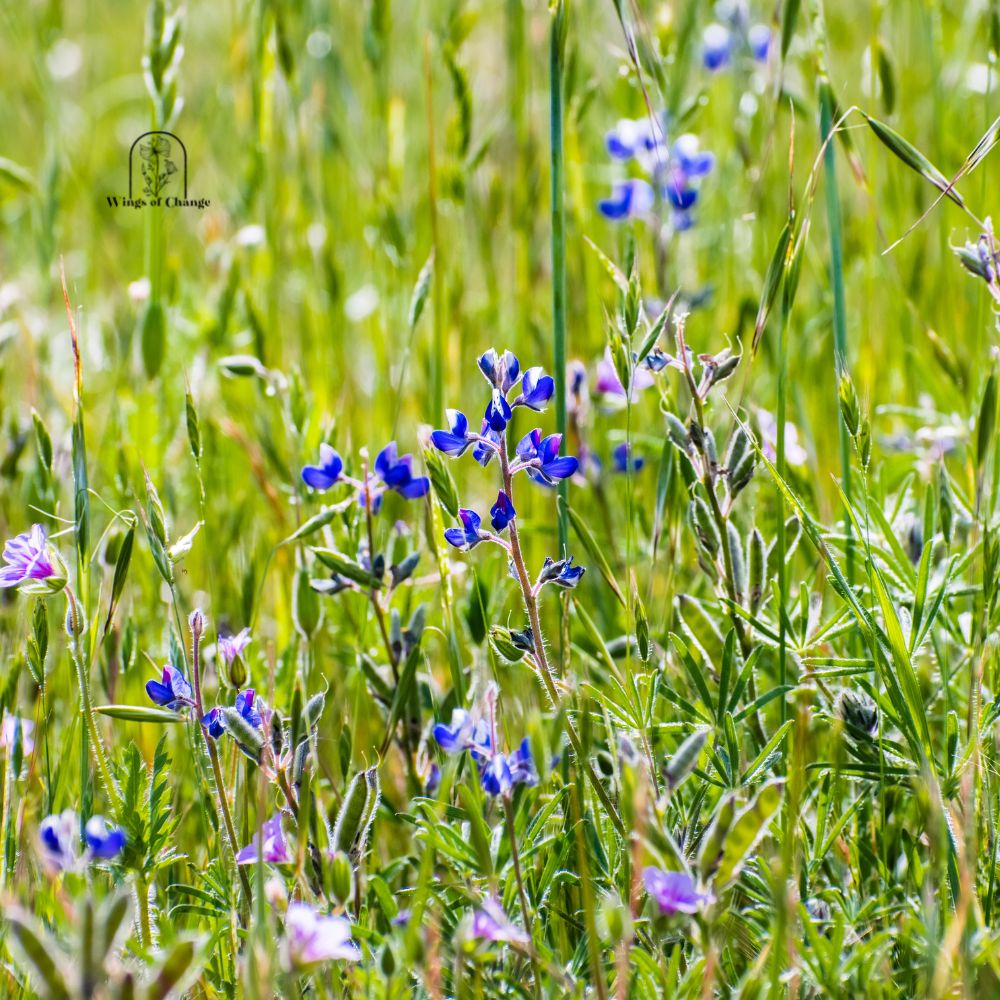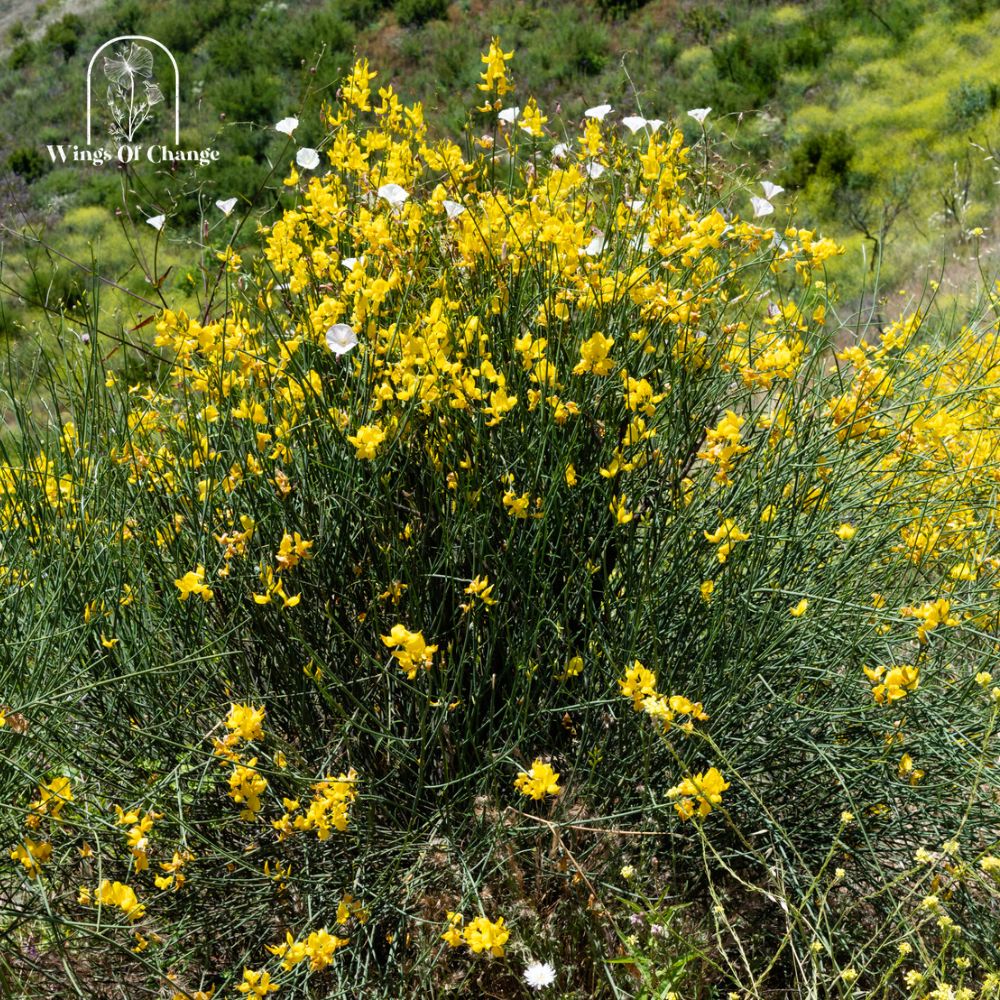Common Milkweed (Asclepias syriaca L.) is a robust plant that can grow up to 1.5 meters (5 feet) tall, often found in clusters of sturdy stems. This plant spreads quickly through rhizomes, creating colonies. Its leaves are thick, measuring around 15-20 centimeters (6-8 inches) in length and 5-9 centimeters (2-3.6 inches) in width, with a prominent midrib beneath. The foliage’s upper surface is light to dark green, while the lower surface is lighter, occasionally white. When broken, leaves and stems release milky latex. The flowers grow in near-spherical clusters (umbels) at the top of the plant, with 2-5 clusters per plant. They are about 2 centimeters (0.75 inches) long and 1 centimeter (0.4 inches) wide, greenish-pink to rosy pink to purplish-pink, and have a powerful, sweet aroma. The pods, which are around 10 centimeters (4 inches) long, are inflated and covered in small finger-like projections. Initially green, they turn brown as they mature and split open, releasing 50-100 seeds each with a white, fluffy coma (“parachute”) that enables wind dispersal.
Common Milkweed (Asclepias syriaca L.) is a member of the Asclepiadaceae (milkweed) family that is native to the Americas, with approximately 115 species found in tropical or arid environments. Interestingly, the genus name, Asclepias, is derived from Asklepios, the Greek god of medicine. Some milkweed species have a history of medicinal use, including Common Milkweed (used to remove warts and treat lung diseases), and butterfly weed, A. tuberosa (also known as pleurisy root, used to treat pleurisy and other lung diseases). Common milkweed is a widespread and somewhat weedy species found in most of the eastern United States and the eastern prairie states, as well as southern Canada from New Brunswick to Saskatchewan. It can be commonly found in fence rows, on roadsides, in fields, and in prairies and pastures. While it can tolerate light shade, it is generally a full-sun species.
Common Milkweed (Asclepias syriaca L.) is often found in nature growing with California Poppies and Narrow Leaf Milkweed.










Reviews
There are no reviews yet.